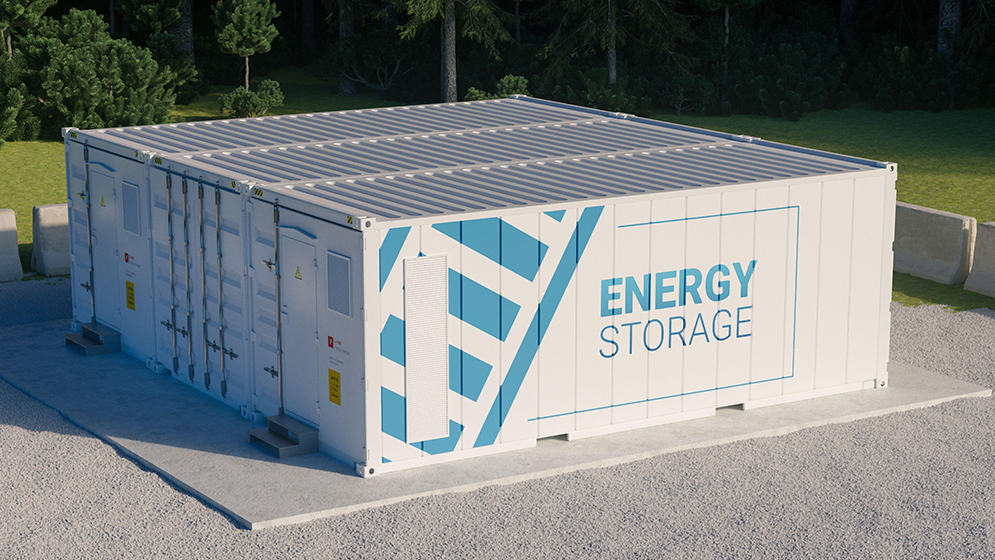- Curved Lithium Polymer battery
- Fast Charge Polymer Battery
- Flexible Polymer Lithium Battery
- Ultra-thin Polymer Battery
/ Blog / Battery Knowledge /
Three configuration methods of solar energy + energy storage
10 Jan, 2022
By hoppt

While the term "solar+storage" is often referred to in energy circles, little attention has been paid to what type of solar+storage is referred to. Generally speaking, It can configure solar + energy storage in three possible ways:
• Standalone AC-coupled solar + energy storage: The energy storage system is located at a separate site from the solar power facility. This type of installation typically serves capacity-constrained areas.
• Co-located AC-coupled solar+storage systems: The solar power generation facility and the energy storage system are co-located and share a single interconnection point with the grid or have two independent interconnection points. However, the solar power generation system and the energy storage system are connected to a separate inverter. The energy storage system reservoir is located next to the solar power generation system. They can send power together or independently.
• Co-located DC-coupled solar + energy storage system: The solar power generation facility and the energy storage system are co-located. And share the same interconnect. Also, they are connected on the same D.C. bus and use the same inverter. They can be used as a single facility.
Advantages of deploying energy storage systems independently.
Solar power generation systems and energy storage systems do not have to be co-located to achieve mutual benefits. Regardless of where they are located on the grid, stand-alone energy storage facilities can provide grid services and divert excess power from renewables to evening peak power periods. If the solar power generation resource is far from the load center, the optimal physical configuration may be to deploy an independent energy storage system near the load center. For example, Fluence has deployed a 4-hour battery storage system with an installed capacity of 30MW near San Diego to ensure local reliability and increase the use of renewable energy. Utilities and developers should focus on deploying energy storage systems that may or may not be co-located with solar power systems, as long as they have the highest net benefit.
Advantages of solar + energy storage co-location deployment
In many cases, solar+storage co-location has excellent advantages. With co-location deployment, solar+storage can balance project costs, including land, labor, project management, permitting, interconnection, operations, and maintenance. In the U.S., project owners can also claim investment tax credits for most storage capital costs if they are responsible for solar.
A solar+storage co-location deployment can be A.C. coupled, where the energy storage system and the solar power generation system are co-located but do not share inverters. It can also use a D.C. coupling system. The solar power generation system and the energy storage system are coupled on the D.C. side of the shared bidirectional inverter, and the project cost can be shared and balanced. According to a study by NREL, by 2020, It will reduce system balancing costs by 30% and 40% for co-located AC-coupled and DC-coupled solar+storage, respectively.
Comparison of DC-coupled or AC-coupled deployments
When evaluating a DC-coupled solar+storage system, some key factors are to consider. The main advantages of D.C. coupled solar + energy storage systems are:
• Reduced equipment costs by reducing the cost of deploying inverters, medium voltage switchgear, and other facilities.
• Allows the solar power system to capture solar energy usually lost or curtailed when the inverter load factor is greater than 1, generating additional revenue.
• It can integrate solar + energy storage in a single power purchase agreement (PPA).
The disadvantages of D.C. coupled solar + energy storage systems are:
Compared to AC-coupled solar-plus-storage systems, DC-coupled solar-plus-storage systems have less operational flexibility because they are limited by inverter capacity when the interconnection capacity is too large. For example, if a solar developer expects high demand during the hours of peak solar generation, it may not be able to charge the batteries simultaneously. While this is a potential downside, it's not a massive problem in most markets.
Industry insiders believe that D.C. coupled solar + energy storage system is the best configuration. It can provide stable solar power generation for a long time, such as 4-6 hours, to capture the cut solar energy. Due to the shared inverter, The device reduces the cost of electricity generation. DC-coupled solar-plus-storage deployments are expected to increase over the next few years as more grid operators face an increasingly severe duck curve.



